PHI founder and director Phoebe Greenberg describes the challenges of presenting community-based new media during a global pandemic
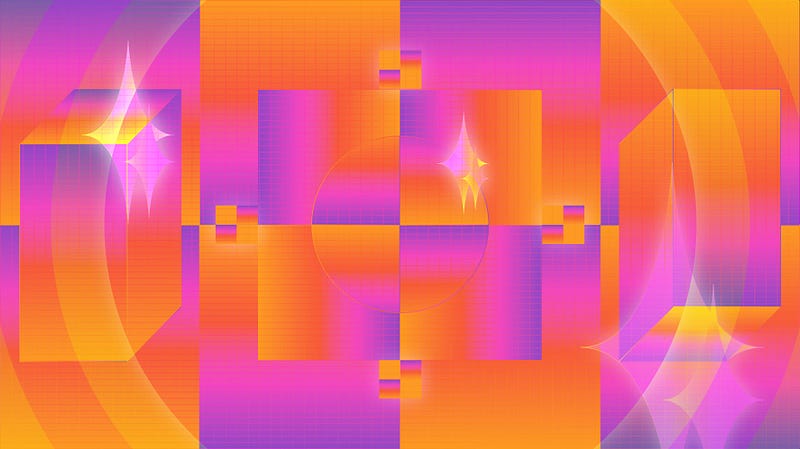
By Phoebe Greenberg in collaboration with Andrew Gray
As founder and director of PHI — a Montréal-based organization consisting of three separate but complementary entities, the PHI Centre, the PHI Foundation for Contemporary Art and the PHI Studio — I am delighted to introduce our series of articles presented in collaboration with Immerse. Through these articles, we will explore how our approach has been shaped by new modes of art consumption, both online and offline, how we responded, what we’ve learned, and what has fundamentally changed during the global pandemic.
On March 11, when the World Health Organization declared COVID-19 a pandemic, our doors were open with an immersive exhibition at the Centre, while the Foundation was getting ready to unveil its next contemporary art exhibition. Also, we had a team operating at the Luxembourg City Film Festival’s Virtual Reality Pavilion as curators and producers. We had to close the exhibition and act quickly to get everyone back to Montréal before the border shut down. Over the next six months, we endured massive change as a cultural institution and as a society, and we’ve had to adjust accordingly. Fortunately, PHI’s familiarity with immersive technology and digital art platforms has been instrumental. Our strength at PHI is how we operate as an ecosystem — a collaborative triumvirate amalgamating our Studio, the Foundation, and the Centre. Dedicated to the exploration of arts and exchange of ideas, we embrace the unknown, we experiment, and we take risks. The ethos of our organization gave us tools to adapt, in a short period, to both the lockdown and our new reality. On March 13, we closed our doors, but we never stopped working.
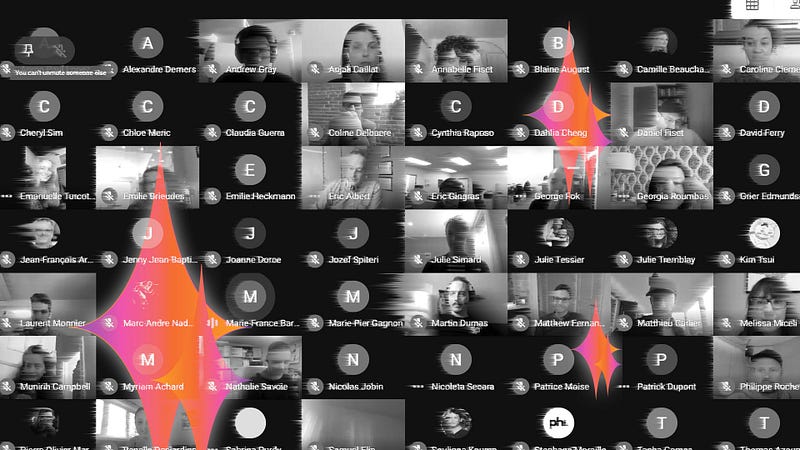 A visual
representation of the PHI community acting in unison to embrace change: PHI kept up with bimonthly
NewsFeed meetings, bringing together internal teams and top management to ensure continuity and
foster transparency and collaboration. (PHI)
A visual
representation of the PHI community acting in unison to embrace change: PHI kept up with bimonthly
NewsFeed meetings, bringing together internal teams and top management to ensure continuity and
foster transparency and collaboration. (PHI)Our instinct was to remain steadfast and dedicated to our core belief that practitioners need to continue to be actively engaged in producing, contextualizing, and disseminating art for an audience whether they are confined or not. For better or worse, this crisis came at a time when we as a society are capable of mediating many aspects of our daily social interactions through technology. From giving artists tools and connections while in isolation, to creating exhibitions and events that cater to the transformed landscape, in this process PHI has renewed its commitment to finding solutions and reimagining cultural exchange.
We understand the first six months following the announcement of the pandemic in three distinct periods. In the beginning, there was an initial shock of confinement and acclimating to public engagement at home. Then we adjusted to the political and psychological atmosphere of breaking isolation, leaving our homes, and reopening both the PHI Centre and PHI Foundation. And third, in the present, when we see ourselves now looking back and envisioning how we continue to move forward. At each step, we framed our approach with the mindset that no matter the situation, art plays a vital role in our communal existence.
Keeping Connected, Building Connections
Sequestered in our homes and confronting confinement, our first project was to continue to bring immersive experiences to our audience. We found ways to harness the tools we already had in order to keep us connected. Our first project was VR TO GO, a full VR exhibition packed into a single VR headset that could be delivered anywhere on the island of Montréal (we have since expanded this service to Quebec City). We streamlined the user interface and made the process accessible, intuitive, and convenient. We then curated a selection of ten films that highlight the capabilities of VR to offer the public immersive storytelling from around the world.
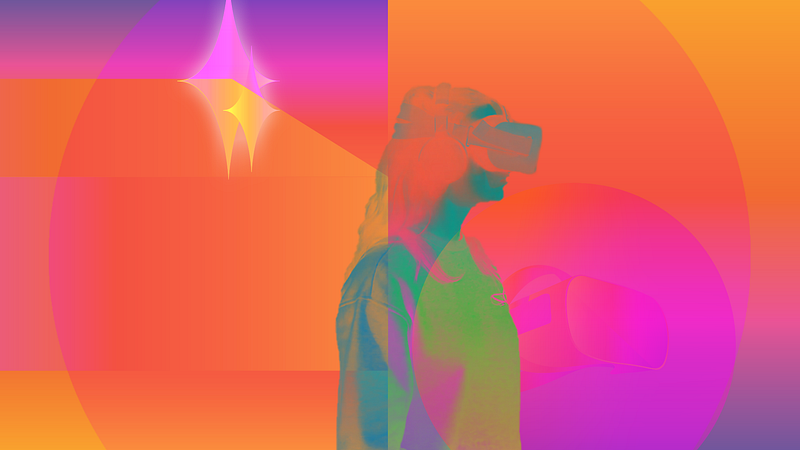 PHI VR TO
GO — the new way of experiencing virtual reality from the comfort of home, available to the public
since May 2020. It was born out of a brainstorming session involving the entire organization.
(PHI)
PHI VR TO
GO — the new way of experiencing virtual reality from the comfort of home, available to the public
since May 2020. It was born out of a brainstorming session involving the entire organization.
(PHI)Simultaneously, we designed models to maintain dialogue between artists and their audiences. Confinement kept us to our homes, but it also provoked a feeling of solidarity; we weren’t just isolated, we shared this experience knowing we were doing it together. We needed to create new systems and maintain conversations to foster this sense of connection. It was in this spirit that we launched our virtual residency program, Parallel Lines (a subject we will expand on next week in Immerse). This project formed around an inclusive jury with the goal of providing a group of 10 artists with mentorship, tools, and the means to build intimate connections. We reimagined what a virtual artist studio visit might be like. Promoting them from ideation to dissemination, we mobilized our platforms to open up their studio to the public and to share their vision, practice, process.
Giving the public a window into their practice also gave us a glimpse into how artists were also adapting. For many, this process was the framework to rethink their own practice for a digital environment. For the cellist and composer Justin Wright, isolation gave him the time to invest in learning more than creating. The multidisciplinary artist Naghmeh Shafiri found he was more motivated to be direct and open relating to others. Philippe Dubost was drawn towards how the universal experience of a piece imagined for the web differs from an installation in a physical gallery. All of these transformations were happening in real-time with their audiences right there with them, and it revealed an intimate portrait of the artistic process as they documented each step.
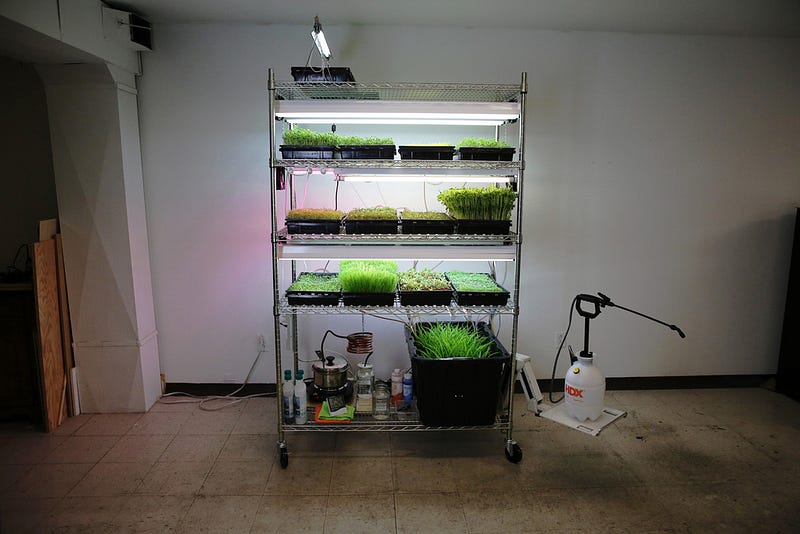
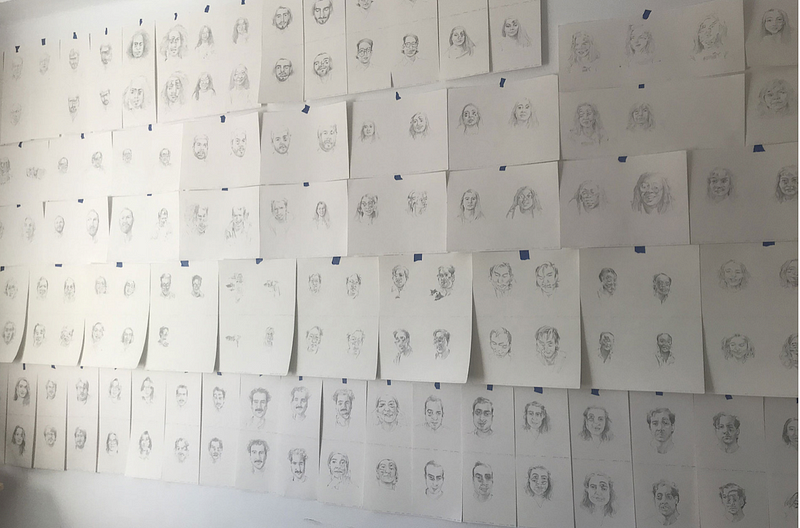
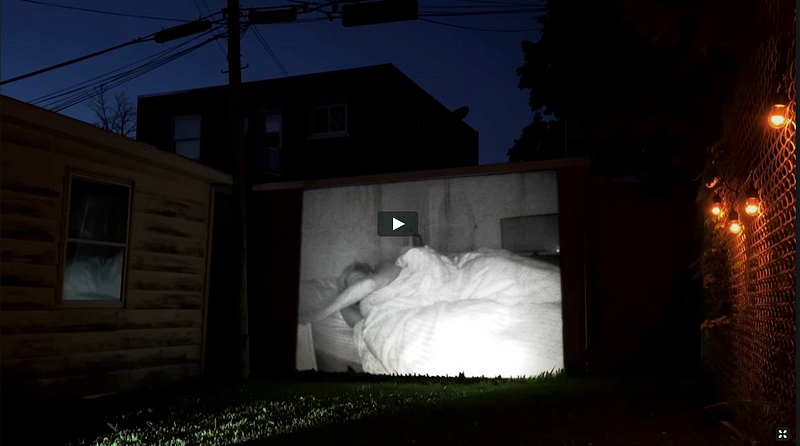
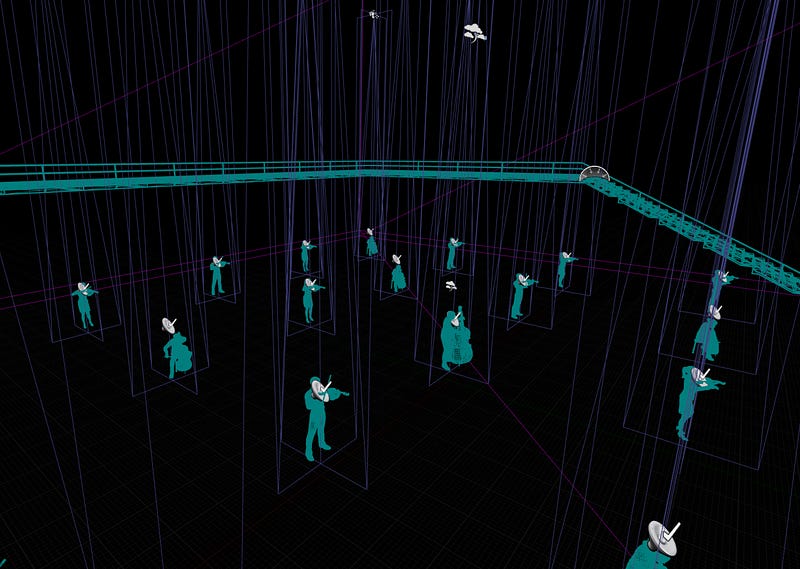
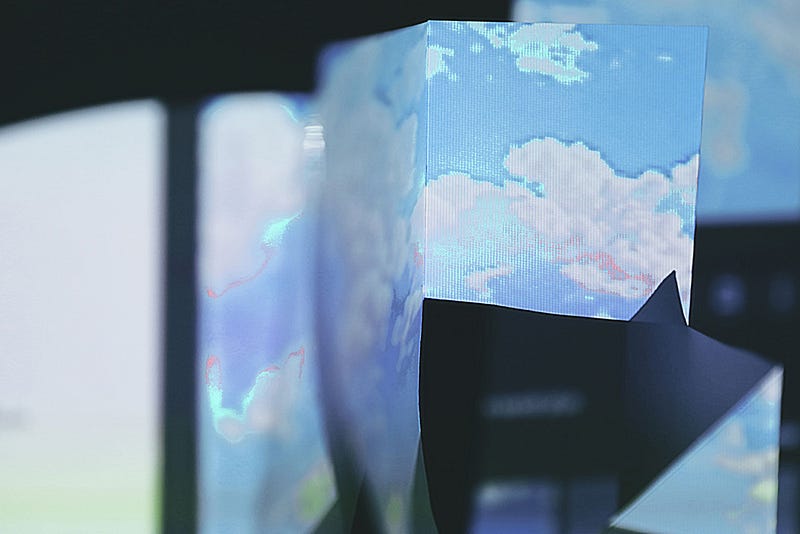
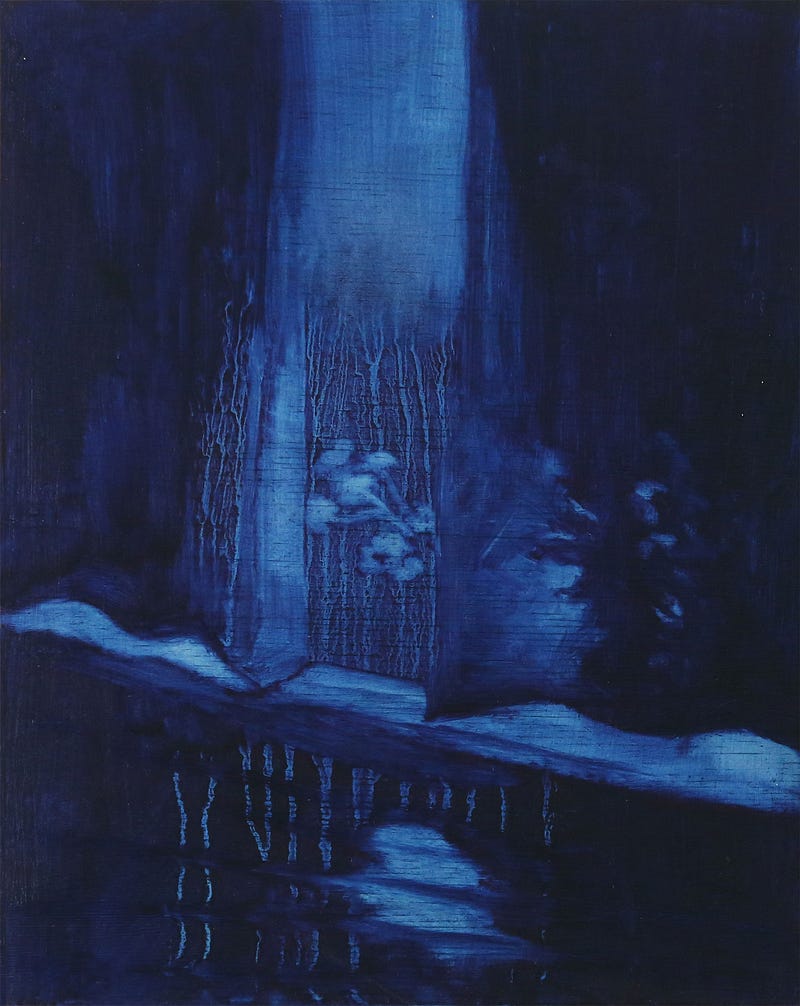
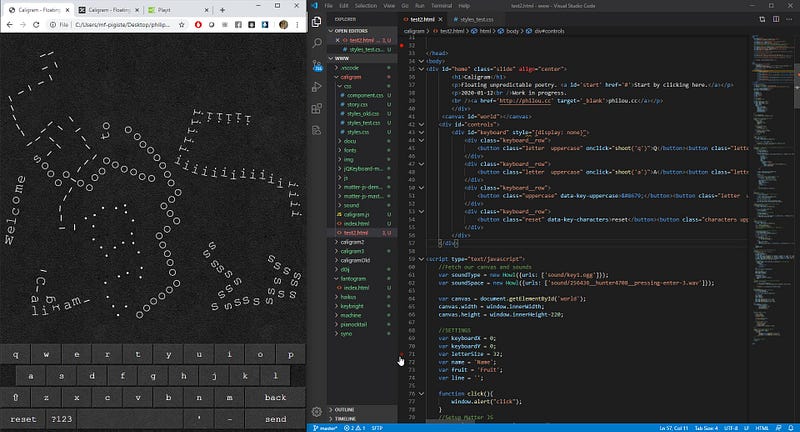 Artistic
projects from Parallel Lines, PHI Virtual Residency 60 days-program taking place from May to June
2020. From left to right:
Artist Survival Station by Adam Basanta; Video Chat Portraits by Connor
Willumsen;
Restless by Dayna McLeod; Drone Garden by Justin Wright; DATA EYES
by Marilou Lyonnais A;
Souvenirs to Nowhere by Naghmeh Sharifi;
Caligram by Philippe Dubost. (PHI)
Artistic
projects from Parallel Lines, PHI Virtual Residency 60 days-program taking place from May to June
2020. From left to right:
Artist Survival Station by Adam Basanta; Video Chat Portraits by Connor
Willumsen;
Restless by Dayna McLeod; Drone Garden by Justin Wright; DATA EYES
by Marilou Lyonnais A;
Souvenirs to Nowhere by Naghmeh Sharifi;
Caligram by Philippe Dubost. (PHI)While the pandemic continued to spread, we established new modes of communication. PHI Virtual was a result of our sustained commitment to adapting immersive technology to create sites for meaningful conversations between art practitioners globally. We created a digital landmark, taking cues from the PHI Centre itself and reimagining what it could resemble in the virtual world. Using a prototype, participants could put on their avatars and be transported to roundtable discussions. This free forum would be a backdrop for the exchanges we were having about how we could reconfigure our tools, and how our relationship to spaces would change.
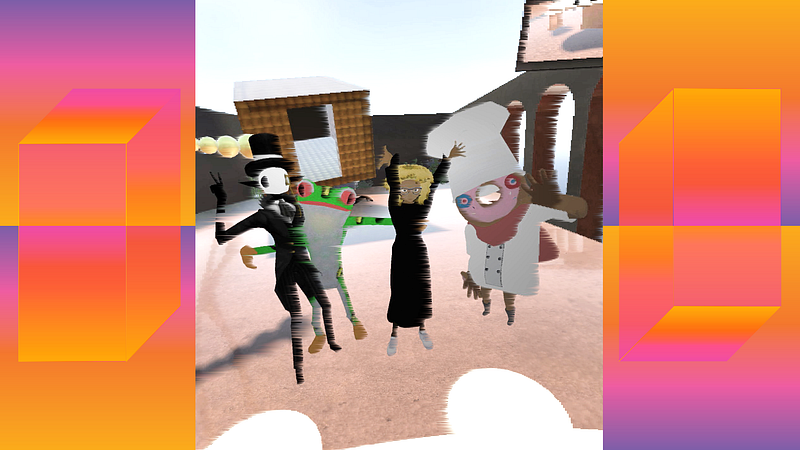 Roundtable
discussion taking place in a surreal PHI Centre as part of PHI Virtual Program, gathering key
players from the extended reality (XR) world on the topic: Uncharted Territory is The Norm on April
20th. This panel was composed of Sandra Rodriguez, documentary filmmaker and
sociologist of new media technologies; Mads Damsbo, Creative producer and CEO of
Makropol; and Tobey Coffey, Head of Digital Development of the National Theatre in
London. The discussion was moderated by Myriam Achard, Head of New Media
Partnerships and Public Relations at the PHI Centre. (PHI)
Roundtable
discussion taking place in a surreal PHI Centre as part of PHI Virtual Program, gathering key
players from the extended reality (XR) world on the topic: Uncharted Territory is The Norm on April
20th. This panel was composed of Sandra Rodriguez, documentary filmmaker and
sociologist of new media technologies; Mads Damsbo, Creative producer and CEO of
Makropol; and Tobey Coffey, Head of Digital Development of the National Theatre in
London. The discussion was moderated by Myriam Achard, Head of New Media
Partnerships and Public Relations at the PHI Centre. (PHI)Opening Our Doors
In May, as restrictions were lifted, we all returned to the gallery with a shifted focus. The landscape had changed, and we had to transform how we thought of the Centre as an exhibition space. We began to think of it more as a safe destination for visitors to reconnect with art.
Inspired by neighborhood outdoor concerts, Sonication (the term meaning to use sound frequencies to agitate particles in plant matter) took root organically. We transformed our rooftop into a stage and studio for hybrid concerts that were not only broadcast throughout the building but also heard through the neighborhood and online. They offered us an opportunity to support the local music scene. We want people who come to feel as though they are backstage at a concert and for people in the streets listening to feel that they are a part of something. We want to bring high production musical concerts into the homes of people who want to share these experiences but can’t be physically present.
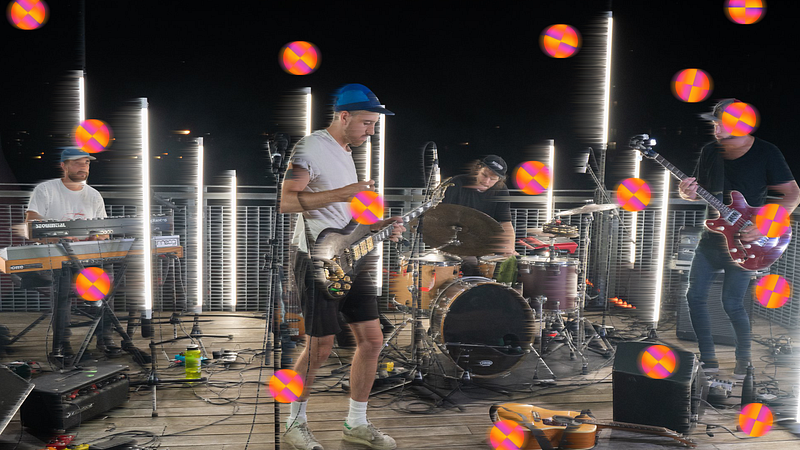 Jesse Mac Cormack concert as part of
Sonication rooftop concert series at the PHI Centre on July 24, 2020. Sonication
spotlit more than fifteen emerging and well-established Quebec and Canadian artists through large
scale productions and high-impact partnerships. (Photo: Charlotte Guirestante
Gomeshi)
Jesse Mac Cormack concert as part of
Sonication rooftop concert series at the PHI Centre on July 24, 2020. Sonication
spotlit more than fifteen emerging and well-established Quebec and Canadian artists through large
scale productions and high-impact partnerships. (Photo: Charlotte Guirestante
Gomeshi)Starting from a blank slate, we organized our first exhibition, Emergence & Convergence (extended to October 25, 2020) to welcome back the public and encourage them to explore their connection to the ecological and technological world. The hope was to invite them to a space that highlighted the ways in which immersive art can provoke a contemplative state of mind, taking navigational cues from nature.
The centerpiece of the exhibition is Montréal artist George Fok’s multi-projection piece, Seeking Stillness. Originally conceived in 2017, the audiovisual installation was revised as an immersive and contemplative experience placing the individual at the center of a giant art piece, bringing a younger audience that came to create unexpected content for social media platforms, especially TikTok. Seeking Stillness is a perfectly suited backdrop to this post-confinement collective phenomena. With almost 100k views of video content created and shared, George’s piece accommodates a large number of individuals playfully sharing an experience.
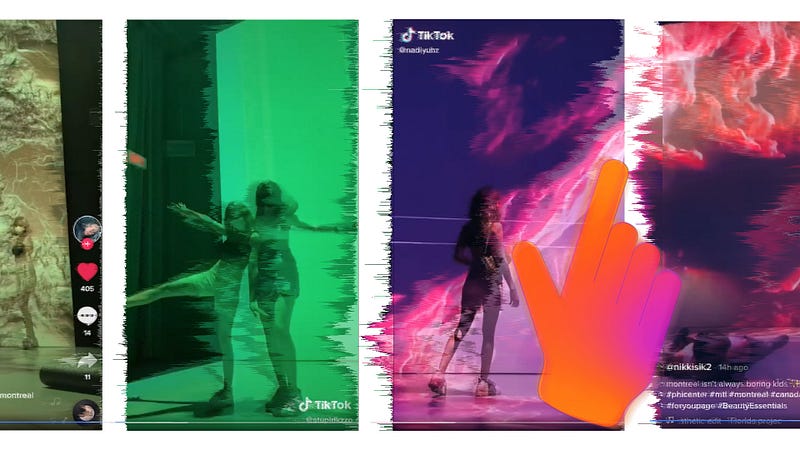 Seeking
Stillness by Georges Fok, a video installation as part of Emergence &
Convergence exhibition that took place at PHI Centre from June to October 2020. (PHI)
Seeking
Stillness by Georges Fok, a video installation as part of Emergence &
Convergence exhibition that took place at PHI Centre from June to October 2020. (PHI)
Continuing to explore new configurations of time and distance, we also introduced our new lab project, the PHI_portal, in collaboration with Shared_Studios. The public immersive art installation invites curators from around the world into a personal one-on-one exchange with full-body engagement. A third space between two physical locations, they touch on important contemporary issues. The PHI_portal is a means to dissolve the barriers between locations and provide a safe, inclusive, way for participants to share testimonies and knowledge. With political unrest, continuing uncertainty of the pandemic and closed borders, we acknowledge the need for these kinds of intimate and socially relevant dialogues.
The Foundation reopened with RELATIONS: Diaspora and Painting, a show highlighting paintings focusing on the theme of diaspora in resonance with the current political landscape. Mobilized quickly to continue its commitment to making art a part of everyday life, the Foundation integrated online activities ranging from creative workshops to one-on-one interviews, panel discussions, and collective reading groups.
New Realities
As the discourse around the pandemic changes and our behavior adapts to our new reality, we realize that things won’t be the same going forward. The conversation now is not the same today as it was in March when we shut our doors to the public and went into confinement.
Immersive technology plays a pivotal role in artists and art institutions’ capacity to create meaningful connections in an era where physical distances and intimacy are mediated by technology. Our focus is on maintaining constant engagement with the public, the support of local artists, and seeking out the most relevant work that inspires our communities. In our exploration of virtual and physical storytelling, we remain committed to finding accessible and inclusive opportunities for artistic expression and dissemination.
Our approach is anything but traditional. We are rethinking our work environment and continuing to adapt our digital and physical spaces to reimagine them as a destination. As we look towards the future, we consider the need to produce a virtual museum as a companion to our physical spaces. The transformation is ongoing, but we are prepared for the challenges and embrace the opportunities.
Stay tuned: throughout the rest of October we will be presenting a series of articles that expand on these ideas, in collaboration with Immerse.
October 15: Moving Towards, Moving Between Daniel Fiset considers the potential of virtual artist residencies through PHI’s Parallel Lines
Founded and directed by Phoebe Greenberg and based in Montréal, Canada, PHI is a multidisciplinary organization positioned at the intersection of art, film, music, design and technology. Offering a panoramic perspective of radical ideas focused on collective experience, social impact, and audience interactivity, PHI is committed to future generations of art consumption.
PHI consists of the PHI Centre, PHI Studio, artist-in-residence programs and PHI Foundation for Contemporary Art. Through eclectic programming and a strong emphasis on content creation, PHI fosters unexpected encounters between artists and audiences.
Immerse is an initiative of the MIT Open DocLab and receives funding from Just Films | Ford Foundation and the MacArthur Foundation. IFP is our fiscal sponsor. Learn more here. We are committed to exploring and showcasing emerging nonfiction projects that push the boundaries of media and tackle issues of social justice — and rely on friends like you to sustain ourselves and grow. Join us by making a gift today.